Product Consultation
Your email address will not be published. Required fields are marked *
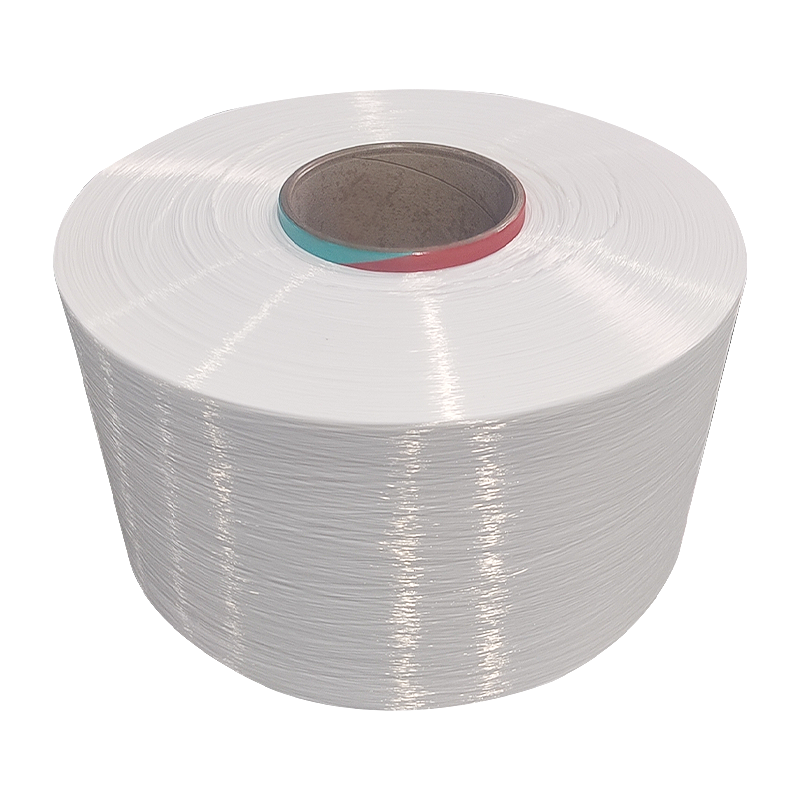
How is nylon mother yarn different from regular nylon yarn?
Dec 25,2025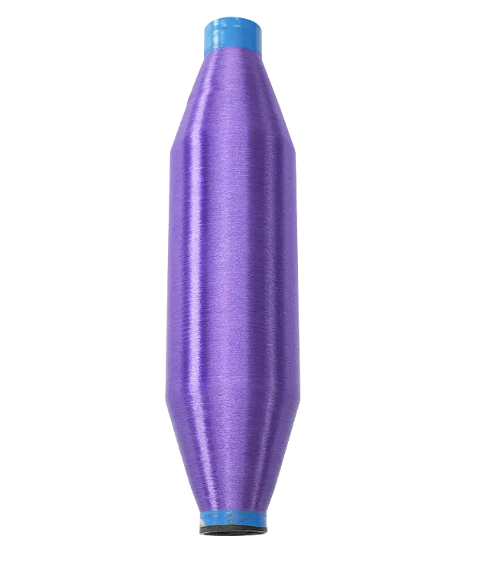
Will biodegradable yarn release harmful substances or cause environmental pollution during the degradation process?
Dec 18,2025
Is nylon mother yarn suitable for high abrasion resistance or high strength applications?
Dec 11,2025Basic structural characteristics of nylon monofilament yarn
Nylon (polyamide) is a thermoplastic engineering plastic with a polymer chain structure. Common types include nylon 6, nylon 66, nylon 610, etc. Its monofilament yarn is a single fiber with uniform diameter, smooth surface and strong toughness made by melt extrusion.
Compared with multi-filament fibers, the monofilament structure is stronger and has better wear resistance. It is widely used in load-bearing structures, mechanical supports and mesh products. There are amide groups (–CONH–) in the nylon molecular chain, which have strong hydrogen bonding forces, giving it a certain mechanical strength and chemical stability.
Aging and UV mechanism
1. The nature of material aging
Aging refers to the process in which the performance of a material gradually decreases after being affected by external environments such as oxidation, heat, ultraviolet rays, and humidity during use. For synthetic fibers, aging is mainly manifested as:
*Decrease in mechanical strength
*Surface hardening or brittle cracking
*Yellowing or fading
*Reduced flexibility
2. Impact caused by ultraviolet rays
Ultraviolet rays are high-energy short-wave light radiation that can destroy the bond energy of nylon molecular chains, induce segment breakage and cross-linking reactions, and cause changes in the material structure. Ultraviolet light, especially the UV-B (280~315nm) band, is highly destructive to nylon fibers and can cause aging reactions in a short period of time.
Analysis of the anti-aging properties of nylon monofilament yarn
1. Basic level of anti-aging ability
Untreated nylon monofilament yarn has a certain anti-aging ability in indoor environments. The stability of its molecular structure enables it to maintain a long service life at normal temperature and humidity. Especially when it is not exposed to sunlight, strong heat or corrosive environments, its physical properties are relatively stable.
In most non-outdoor scenarios, such as brushing, interior lines, industrial filter bags, etc., nylon monofilament yarn has a long service life and is not prone to rapid aging.
2. Performance under direct sunlight
Under continuous exposure to ultraviolet rays, nylon monofilament yarn that has not been UV stabilized is more susceptible to degradation. Performance:
*Color gradually turns yellow
*Surface becomes brittle and peels off
*Tensile strength decreases and the probability of breakage increases
When using nylon monofilament yarn outdoors or in high-ultraviolet scenes, corresponding measures must be taken to enhance its weather resistance.
Common methods to enhance UV resistance
1. Adding UV absorbers
By adding UV absorbers during fiber processing, UV rays can be blocked from entering the material to a certain extent. These absorbers can convert UV rays into low-energy heat, reducing damage to molecular chains. Common additives include benzotriazoles, hydroxybenzones, etc.
2. Adding light stabilizers (HALS)
Hindered amine light stabilizers can inhibit UV-induced degradation chain reactions through the "free radical capture" mechanism and improve the long-term UV resistance of the material. This type of additive improves the weather resistance of the fiber for a longer period of time, but the cost is relatively high.
3. External surface coating treatment
For certain specific uses, an anti-UV coating or coating layer can also be applied to the surface of nylon monofilament to reduce the impact of ultraviolet rays on the fiber body by physical isolation. This method is suitable for thick yarns or applications where surface coating changes are acceptable, such as agricultural nets, protective cloth, etc.
4. Choose black or dark coloring system
Dark nylon fibers have stronger absorption and blocking capabilities for ultraviolet rays, especially carbon black-filled nylon monofilaments, which are often used in high-ultraviolet environments, such as sunshade nets, industrial fence nets, etc.
Practical suggestions in application scenarios
1. Indoor and short-term outdoor use
If nylon monofilament yarn is only used indoors or in environments with intermittent exposure to sunlight, conventional fiber specifications can generally be selected without additional UV resistance treatment.
2. Medium- and long-term outdoor use
If it is required to be used for a long time in an open-air environment, it is recommended to use modified nylon monofilament yarn containing light stabilizers or UV absorbers, and match it with a dark coloring scheme.
3. Extreme UV scenes
In high-UV areas such as plateaus and tropical areas, nylon monofilament products with surface coating protection or composite material coating should be considered to improve their aging resistance cycle.
Material selection and alternative considerations
Although the anti-aging and UV resistance of nylon monofilament yarn can be enhanced by modification, if the use conditions are extremely harsh, the following alternative materials can also be considered:
*Polyester monofilament (PET): has high weather resistance and is suitable for sun exposure scenes
*Polypropylene monofilament (PP): low density, strong moisture resistance, can be replaced in some occasions
*Fluorocarbon coated fiber: suitable for high UV and acid rain environments, but the cost is higher
The advantages of nylon materials are flexibility, impact resistance and mechanical durability, while alternatives may be better than its light resistance in some aspects, but it should be comprehensively evaluated in combination with comprehensive performance and cost.
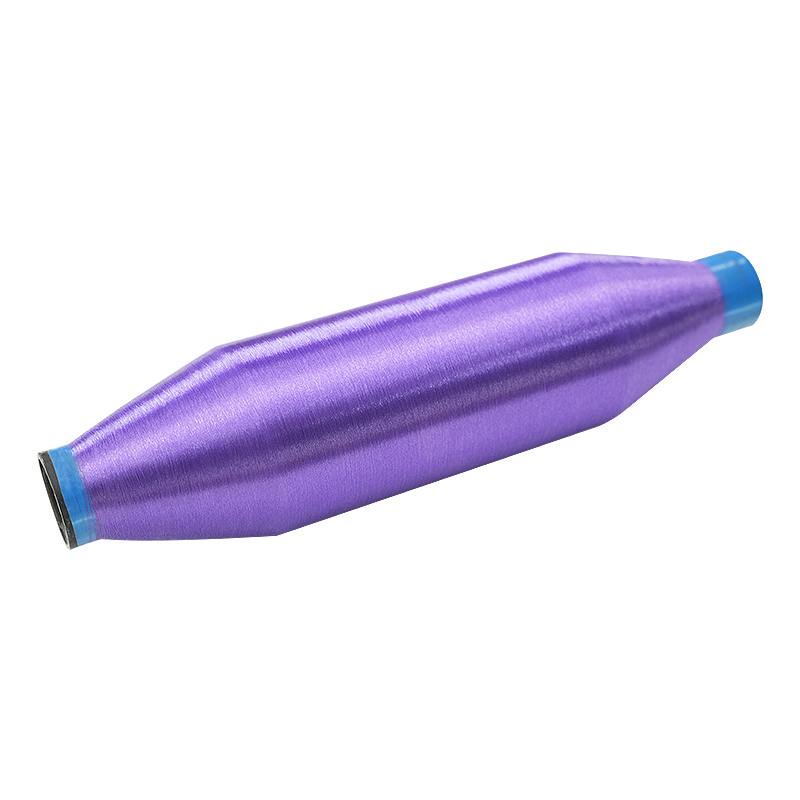
Compared with traditional nylon yarn, what are the production costs and process difficulties of nylon multifilament yarn?
2025-06-03
What is bi-component FDY yarn, and what are its main components and structural forms?
2025-06-17Your email address will not be published. Required fields are marked *
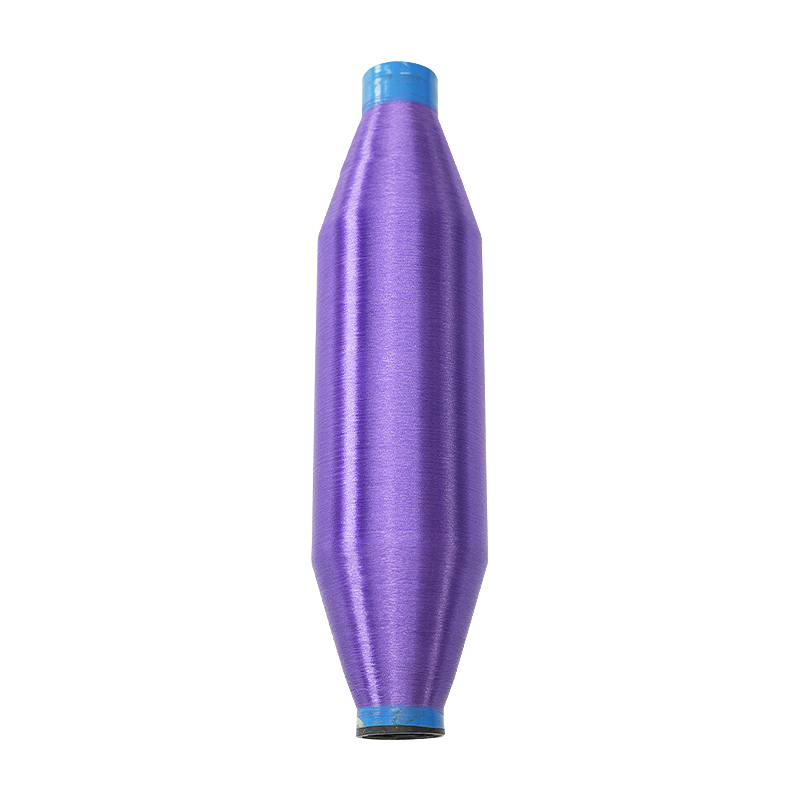
Single Strand Biodegradable Yarn is a single-strand structure, consisting of a single fiber bundle with no multiple strands tangled together. This structure makes the yarn softer, and smoother and exh...
See Details
The diameter of Durable woven nylon mother yarn is 240D, the fiber thickness is medium, and it is suitable for the manufacture of a variety of textiles. This product has good tensile strength and will...
See Details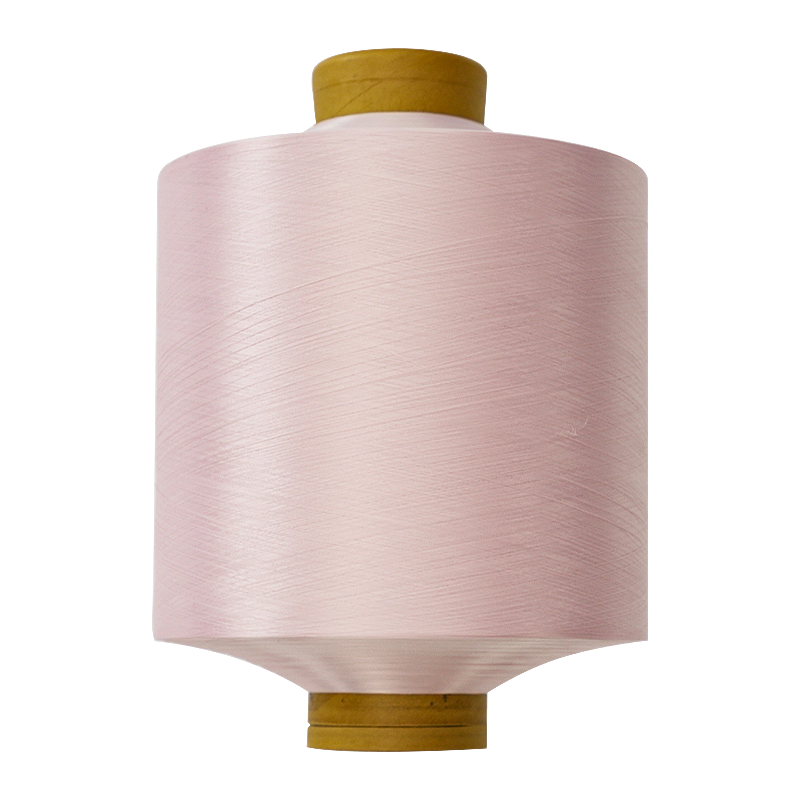
Nylon Elastic Yarn has elasticity and can quickly return to its original shape after stretching. This high elasticity makes the fabrics stretchable and comfortable. Nylon material has good wear resist...
See Details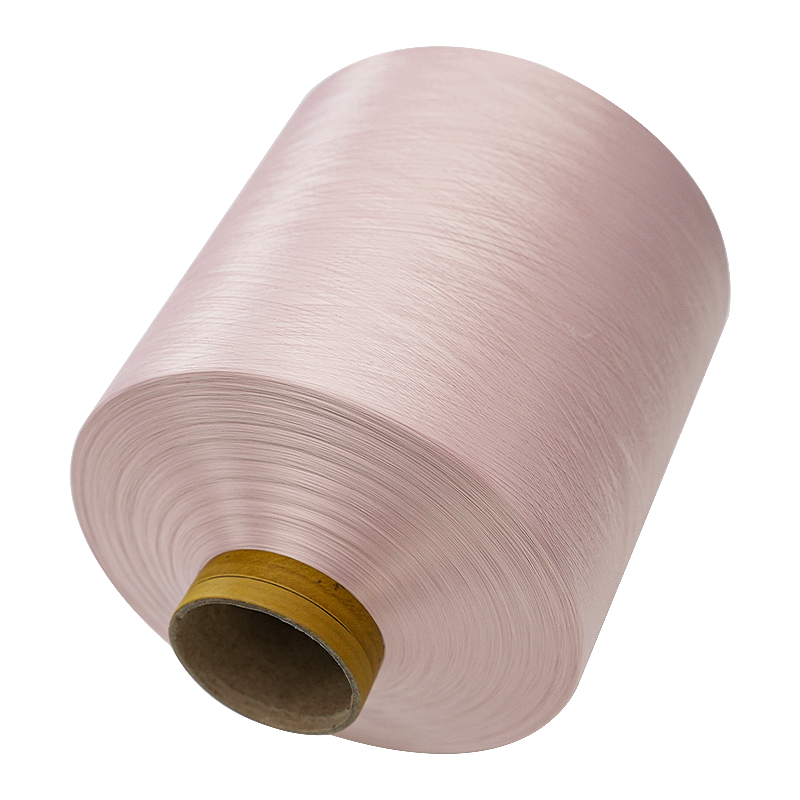
Double-strand nylon elastic yarn is a composite yarn composed of two strands of yarn. It has high strength, maintains stable performance even in a stretched state, and is not easy to break or deform. ...
See Details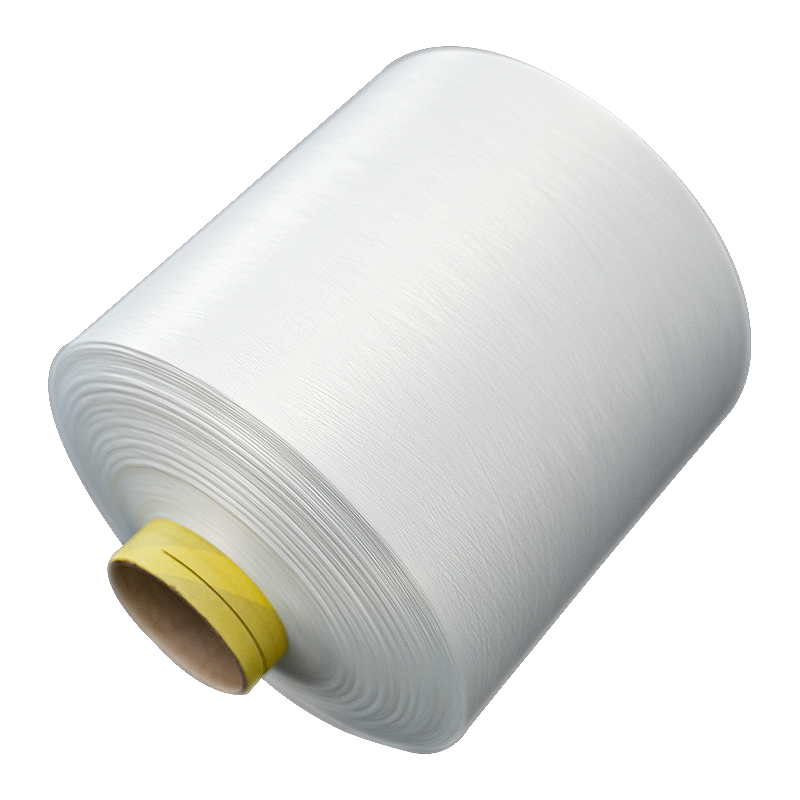
Nylon elastic yarn for textile use has a wide range of applications. Nylon elastic yarn is suitable for the manufacture of various textiles, such as underwear, socks, sportswear, swimwear, elastic fab...
See Details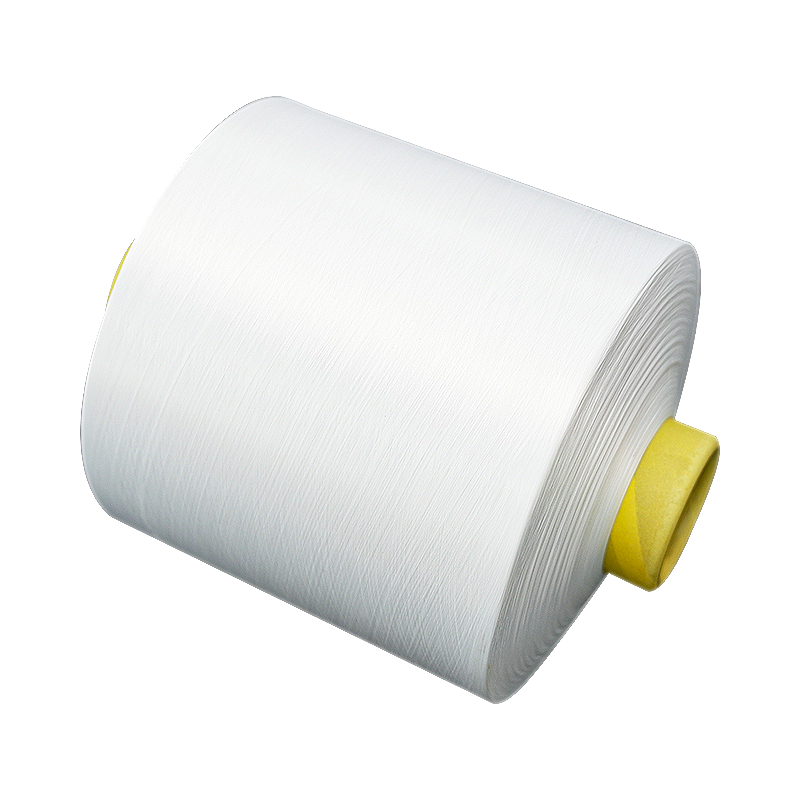
100D Nylon Elastic Yarn has a moderate thickness and good dyeing properties, which can achieve uniform and durable dyeing effects, making textiles bright and long-lasting in color. A yarn frequently u...
See Details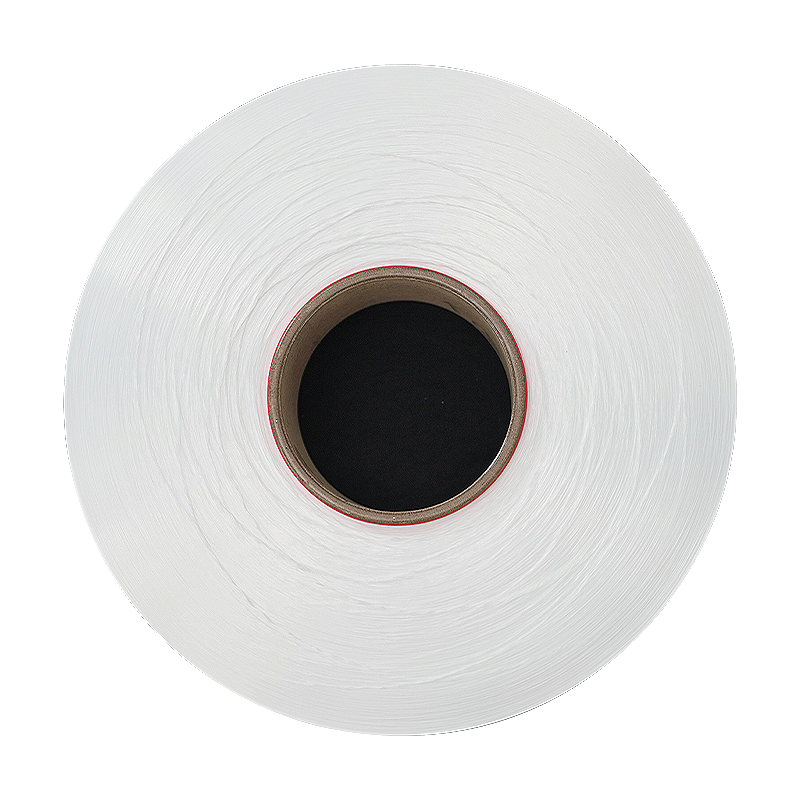
Durable composite nylon yarn has stretch and recovery properties, providing the necessary comfort, fit, and flexibility for clothing and textiles. Made of a blend of nylon fiber and polyester fiber, i...
See Details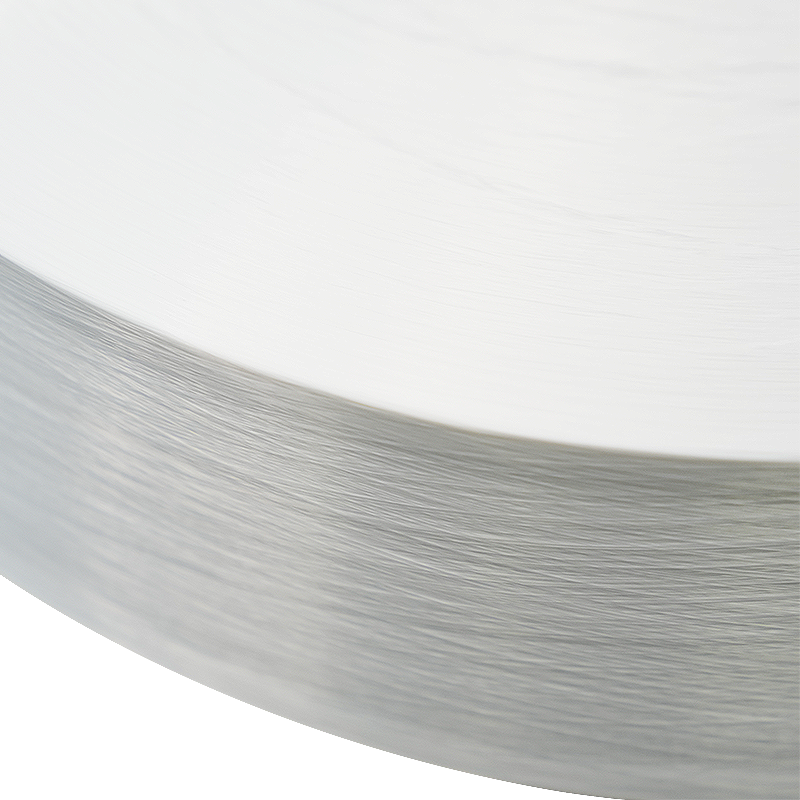
Polyester FDY yarn for weaving has high strength. After FDY yarn is fully stretched, the strength is even better and is suitable for manufacturing fabrics requiring high strength. The fabric made usin...
See Details
Cooling brushed durable FDY yarn has high durability and is suitable for manufacturing textiles that require wear resistance and durability. It is not easy to wear out after long-term use. Textiles of...
See Details
High shrinkage blended polyester yarn has a high shrinkage rate and is suitable for textile manufacturing that requires shrinkage treatment, such as making pleated fabrics or textile shaping. Because ...
See Details
Water-repellent blended FDY yarn has good waterproof properties. This characteristic makes Water-repellent blended FDY yarn a greater advantage when making textiles with high waterproof requirements s...
See Details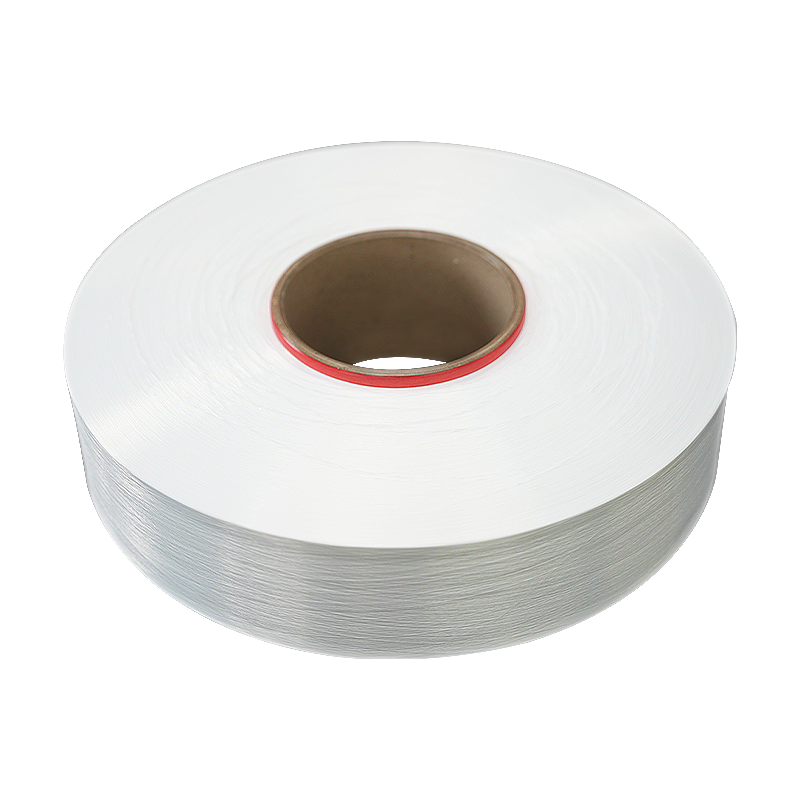
Water-repellent high Filament spun yarn has strong water resistance, providing an extremely delicate touch while retaining strength. Suitable for a wide range of applications from intricate embroidery...
See DetailsAddress: Duntou industrial park, haian county, nantong city,jiangsu province ,China.
TEL: +86 15850491859
E-mail: sales-betty@hsnylon.com
If You Are Interested In Our Products, Please Consult Us